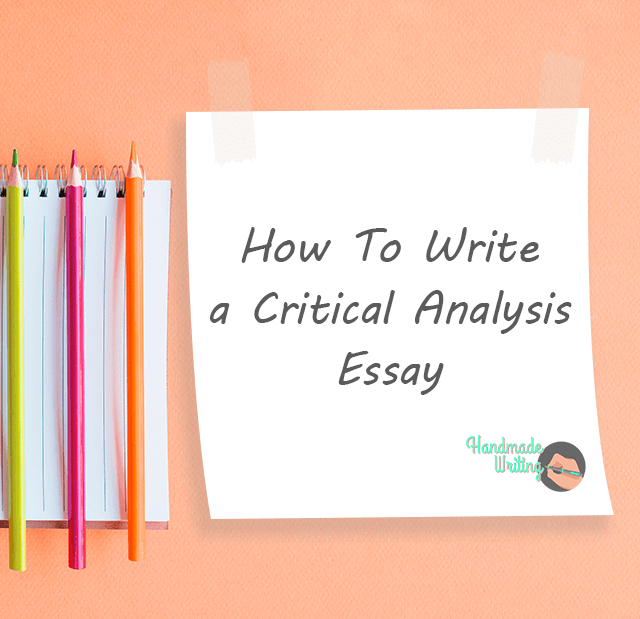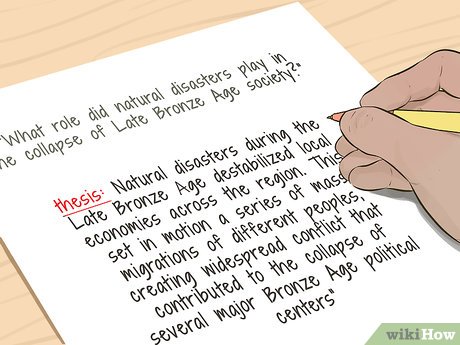The Green Paper is an important document commissioned by governments to stimulate discussion and often changes the law. The Government commissioned the Green Paper due to a variety of reasons, including changing demographics, economic predictions, and changing expectations of services. You can use this document as a starting point for your discussion on how to improve your city. You can learn how to write a green paper in this article. There are three basic steps:
Process of drafting a green paper
The European Commission publishes green papers in order to spark debate at the EU level. These documents invite relevant parties to comment on proposed legislation and engage in consultation and debate. Green papers often result in further legislative developments. They can be listed on the EUROPA website. In some cases, green papers may be followed up by follow-up white papers. For example, one green paper may suggest a change to tax policy for companies.
A green paper is typically written by civil servants. The process of drafting one assumes that the problem has been defined and that the causes of the problem have been identified. Then, the Government will consult with other groups and stakeholders in order to develop the policy proposals that will be included in the green paper. If these consultations are productive, the Green Paper will likely result in changes to the legislation. Depending on the process, the government may also invite public comments or debate on the contents of the paper.
In practice, a green paper will be a series of consultation documents that serve as discussion papers for proposals in the formative stages of development. Not all of these discussion papers are released to the public, but are sent to pre-selected consultees for comment. A critical feature of a Green Paper is its framing. The way it frames an issue will determine which kinds of evidence are allowed. This connection has been tested by research with a large central government department in the UK.
Characteristics of a green paper
A green paper is a discussion document produced by the European Commission. It sets out a proposal at a formative stage and is intended to stimulate debate and consultation. It usually sets out a range of ideas, and invites public comment. A white paper, on the other hand, is an official document that sets out official proposals. In Australia, a major review of our defence policy was concluded with the publication of a white paper in December 2000.
The purpose of the Green Paper is to stimulate public debate and inform future policy. It is often the first step towards changing laws. The process begins when the government commissions a Green Paper. Changing demographics, economic forecasts, and the way people live in the country prompted the document’s drafting. In addition to the green paper’s goal to stimulate debate, the document can invite public consultation and debate.
Publication of a green paper
A Green Paper is a policy document published by the Government that sets out the government’s intentions regarding a particular issue. It is often published as a White Paper, but it can also be in the form of a draft Bill. Green Papers outline a department’s proposals and allow the public to give their input before a bill is introduced to Parliament. They are issued by government departments, and are printed on pale green paper.
The Government Commercial Function engaged hundreds of organisations and stakeholders during the Green Paper process. These stakeholders included central and local government, charities and social enterprises, small and medium-sized businesses, academics, and procurement lawyers. The Green Paper also included a review of the current remedies system and whether tribunals are needed. The Green Paper also sought input from the public and the industry on how to improve the efficiency of procurement. The Government Commercial Function also sought input from over 500 stakeholders and organisations, including small and medium-sized businesses and the voluntary and charitable sectors.
While some respondents suggested capping damages for successful contract award challenges, others pointed out that this measure would only slow down the procurement process and increase the cost to the public purse. The government has decided to scrap the capping of damages and will instead consider other measures to settle disputes more quickly and reduce the need for compensatory damages once contracts are signed. In the meantime, the Green Paper encourages the use of more sustainable procurement methods. It is a great start.



